Excerpt from the book – Hemp: A Wonder of Nature
INTRODUCTION
I discovered the existence of industrial hemp in 1995 while on a trip to British Columbia. As I was walking through the great city of Vancouver on a beautiful spring afternoon, I came across one of the first, if not the first headshop, in Canada: Hemp BC. Of course, I was already aware that cannabis could be used as a drug, but I was very surprised to see hats, shirts and twine in the window of a store that seemed to specialize mainly in the sale of products for the consumption of narcotics.
Intrigued, I headed for the door. As my hand closed on the handle, I had the strange impression that I was opening the lid of a treasure chest. Behind a Bob Marley poster, bongs, pipes, and rolling papers, I indeed discovered a true wonder: industrial hemp. The knowledgeable staff responded to my numerous questions with patience, generosity, and a contagious enthusiasm that quite literally changed the course of my life.
 Hemp BC in 1995 – source : Caneve
Hemp BC in 1995 – source : Caneve
At that moment, my passion for this variety of hemp was born; one that still endures without having lost a single degree of intensity. In 2018, before I began to write this book, I wondered about my motivations, especially considering the immense amount of work ahead of me. But the answer was obvious: I could not ignore a passion that had been burning inside me for nearly 25 years!
With the legalization of cannabis for recreational use in Canada, this seems like an appropriate time to talk about the plant’s other varieties, which have been used in utilitarian ways since the invention of agriculture. After all, cannabis is more than just a drug.
In Chapter 1, I make a crucial distinction between the drug and industrial hemp. I discuss some popular myths and beliefs while offering explanations that I hope will satisfy even the most critical readers. Chapter 2 deals with the history of hemp, focusing on North America and more specifically Canada. Some may be surprised to learn that, before the prohibition of cannabis, hemp was a plant that was widely used in this country. This book will therefore examine how important it was to our ancestors.
Chapters 3, 4 and 5 are devoted to the plant’s characteristics, processing and modern uses. Chapter 6 deals with CBD, which is an important aspect of the plant. In the past, it was almost impossible to study this phytocannabinoid due to the illegal status of cannabis. For this reason, reliable sources of information on CBD are rather scarce. Since neurobiology is outside my field of expertise, I chose to skim the surface, as a comprehensive treatment of CBD would require an in-depth analysis of the chemical processes affecting the human brain. However, this chapter may open up some avenues for those wishing to pursue further research.
This book does not claim to be exhaustive, nor is it a manual on the cultivation of industrial hemp. Regardless, I attempted to be as rigorous as possible. It is appalling to see the amount of misinformation and contradictory information published on the subject over the last 20 or 30 years. I have taken particular care to distinguish between fact and fiction and also to mitigate the exaggerations that sometimes characterize texts written by those who claim to defend the plant. Unfortunately, they unintentionally damage their cause rather than help it. It is time to rectify the situation and restore hemp to its former glory.
I wrote this book not only to educate but also to entertain my readers. Hopefully, reading it will bring you as much pleasure as the passion that inspired the pages that follow. Even after more than 20 years of research, this plant continues to amaze me!
Patrick Pelletier – January 1, 2019
TO ORDER YOUR COPY OF THE BOOK, CLICK HERE






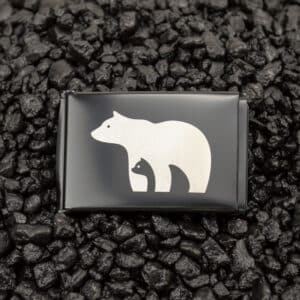

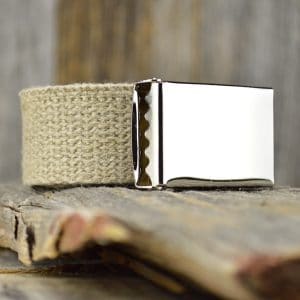

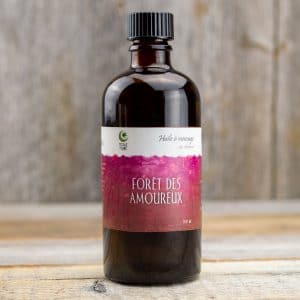
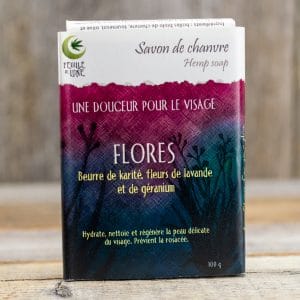
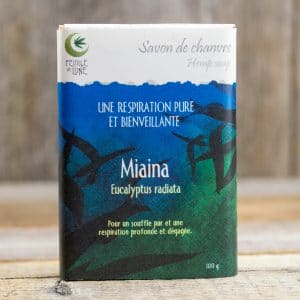
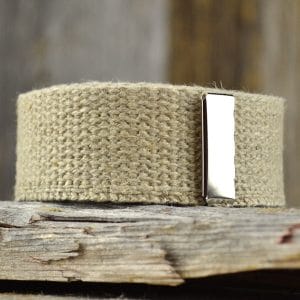


0 Comments